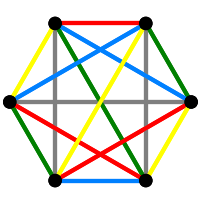AcknowledgementsAcknowledgements
Obviously our first debt is the many people who have worked to produce the package Sage. One of our goals is to show just how useful it can be. Sage itself is built from a number of components, some with an independent existence, our thanks are intended to be inclusive. Sage is just one example of the principle that real progress in mathematics and science is collaborative.
